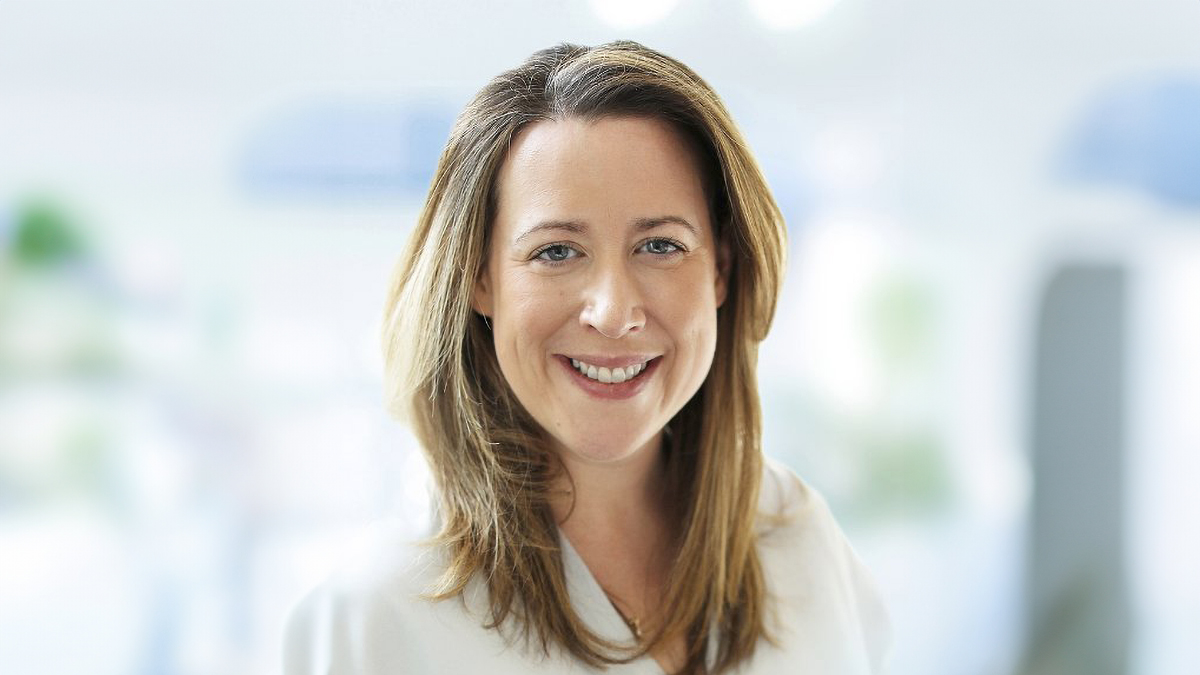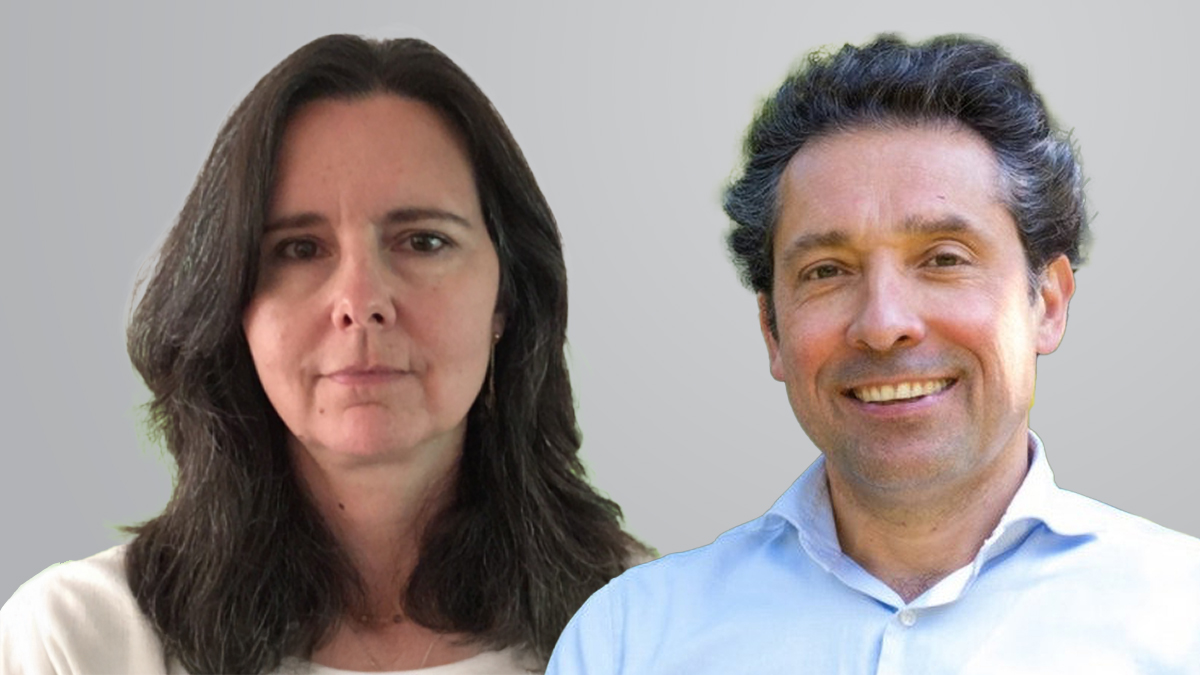The rise of pre-arranged crisis financing
Despite the proven benefits less than 2% of crisis finance is pre-arranged at present, which the Centre for Disaster Protection wants to see increase to 20% by 2035
Pre-arranged finance, such as insurance products, can help countries better plan their response compared with more traditional funding models, Centre for Disaster Protection executive director, Daniel Clarke, says
The public often associate disaster relief with fundraising campaigns to help communities recover from crises. On an intergovernmental scale, there is the similar expectation higher-income countries and humanitarian organisations will come together to raise funds and combine resources when a disaster strikes.
This assumption is beginning to change as a number of factors – not least the impacts of climate change – have led lower-income countries to claim more control over their crisis management. A big part of this is the development of pre-arranged crisis finance: monetary relief arranged in advance of a potential event.
Unlike discretionary finance, which is tallied up and agreed after a crisis has struck, pre-arranged finance enables those responding to a crisis to know exactly when and how much finance they can expect. “It’s not somebody else who gets to decide,” Daniel Clarke, executive director for the Centre for Disaster Protection (CDP), says in an interview with Insurance Day. Either there are triggers so those responding know under what circumstances finance is released or responders such as governments have the ability to trigger the release of funds by, for example, declaring a national emergency.
This is an important shift in a country’s ability to plan for an emergency. “If you know what funding you will have, you can better plan your response,” Clarke says. It allows responding governments or organisations to deliver fast, targeted responses to an expected crisis, such as flooding, earthquakes or famine, without the time lag that comes with discretionary funding, which needs to be agreed after the fact.
Investing in preparedness
Pre-arranged finance also creates incentives to invest in preparedness. If a country knows there will be money to fund its social protection system during an event, it makes more sense to invest in that system year-round. “If you don’t know whether the money will come during a crisis, investing in that system to respond could be a waste of money,” Clarke says. “Reducing uncertainty increases the benefit of investing in preparedness.”
There is evidence this works. A study by the University of California in Berkley found Mexico’s Indexed Disaster Fund increased the country’s post-disaster GDP by two percentage points and the health benefits alone justified the scheme. “Part of that is because the heath and transport infrastructure was rehabilitated more quickly, but part of it was around businesses having confidence government services, transportation and other services would get back online,” Clarke says. This gave businesses confidence to plan better, leading to a boost in economic productivity.
He continues: “There’s a real benefit for people as well if they know support is coming – they can avoid some of the costly decisions they might be forced to take if they’re not sure what may be coming.” These can include difficult decisions like selling assets to pay for food or pulling children out of school so they can go to work.
Despite the proven benefits, less than 2% of crisis finance is pre-arranged at present, a recent report by the CDP revealed. The organisation wants to see that increase to 20% by 2035.
“If you don’t know whether the money will come during a crisis, investing in that system to respond could be a waste of money. Reducing uncertainty increases the benefit of investing in preparedness”
Daniel Clarke
Centre for Disaster Protection
The change is already starting to happen. In the past 30 years there has been a shift in the way low-income countries address disaster planning, Colin Bruce, co-chair of the CDP, says.
In the 1990s this was not something that was on the minds of finance ministers in developing countries because these events were less frequent and, when they did happen, the international community generally stepped in. The increasing frequency of these events now makes it a normal part of business, Bruce says.
“If you’re a government you have to own this. It has to be central to your development strategy. Even anecdotally people realise something is happening. It’s not an abstraction anymore and you’re not the exception if you have one,” he says.
According to the CDP, in 1990 there were 200 of these events and by 2023 this had ballooned to 398. These crises are also intersecting with other global events, particularly conflicts, which have also proliferated since the 1990s. Alongside this there have been several large shocks to the system, including the Covid pandemic and Russia’s full-scale invasion of Ukraine.
“All of these things have raised awareness that, in an interconnected world, they will have ripple effects, so how do we insulate ourselves or at least try to manage them?” Bruce says. “There has been this overwhelming sense this is no longer a luxury; it is necessary.”
Policy and strategy
There has also been increasing awareness in policy and strategy terms relating to disaster risk reduction. UN Development Programme (UNDP) data shows 61% of low-income countries already have disaster reduction plans. On an individual level, research by the UNDP also shows the majority (63%) of people are now making decisions about their lives based on climate change – such as where they live, work and invest. “All of that is a backdrop and explains why we felt it was the appropriate time,” Bruce says. “The landscape isn’t perfect, but we are not where we were 10 or 15 years ago.”
 Colin Bruce, Centre for Disaster Protection
Colin Bruce, Centre for Disaster Protection
Clarke adds pre-arranged finance has been climbing up the international community’s agenda. “Every major set-piece initiative in the international development space has featured prearranged finance. Whether it be [Barbados prime minister] Mia Mottley’s Bridgetown Initiative, the World Bank’s Evolution Roadmap or the V20’s Accra-Marrakech Agenda, in all these discussions there is a strong component that relates to prearranged finance,” he says.
With the political will to develop more pre-arranged financing, the CDP has been looking to the more practical barriers, which it outlined in a set of recommendations published as part of its recent report on the protection gap. Among them were the need for more public-private partnerships among the large international risk pools. These include African Risk Capacity, which is part of the African Union; the Pacific Catastrophe Insurance Company; and South-east Asian Disaster Risk Insurance Facility.
“The problem politicians are being asked to address is can we move from treating disasters like surprises to actually planning properly and insurance is a large part of that solution”
Colin Bruce
Centre for Disaster Protection
“At the moment the international risk architecture is mostly development banks and humanitarian agencies,” Clarke says. “You don’t really have at that strategic level institutions that can act and think a bit more like an insurer and can pre-arrange finance, particularly for those low-probability risks, in a cost-effective way.”
He continues: “If you look at the international organisations that are really moving forward on this agenda, they’re stocked full of people who have experience in the industry and are bringing those analytical skills… it’s partly the skill set and it’s partly also the capital and management of capital.”
Insurance involvement
On a domestic level the CDP also had recommendations on using insurance tools to cover public assets as way to protect government balance sheets, but also to improve the management of government assets. The role of private insurance is as much about the risk management expertise and product innovation as it is about the capacity international markets can provide. “If you look at most high-income countries where disaster risks are practically managed, one big part of that is the insurance industry. And it’s usually through a partnership with the public sector to ensure people have access to affordable insurance, but also that the knowledge is there,” Clarke says.
A lot of the barriers for greater private sector involvement come from governments. “There is a lot of fear around the risk of being seen to go wrong,” Clarke says. “We have seen in some circumstances a government has bought insurance against drought, but then the wrong kind of drought happens or a flood happens.”
It is not a good look for any government to spend money on an insurance product that does not pay out when expected and these are real concerns that need to be taken seriously. But at the same time there is a growing understanding insurance has a key role to play.
“There’s a lot of learning yet to be done, but it’s all because of these broader favourable trends,” Bruce says. “We can point to cases where this makes a difference and we have governments that are speaking up… As someone who has been in the policy space for a long time, you see how some of the sceptics are turning around and beginning to understand how to use [insurance].”
And governments do want to buy more insurance. Many are taking the right steps, involving their finance ministries, their own insurance regulators and, in some cases, hiring a broker themselves or working with international organisations they trust. “Where there’s never been insurance and there needs to be, it's about engaging in those emerging markets and engaging in those discussions with governments about how best to support the development of insurance markets to really protect people effectively,” Clarke says.
Perhaps what the growth of pre-arranged finance really represents is a different calculation of who owns crisis risk. Clarke concludes: “The problem politicians are being asked to address is, can we move from treating disasters like surprises to actually planning properly and insurance is a large part of that solution.”



